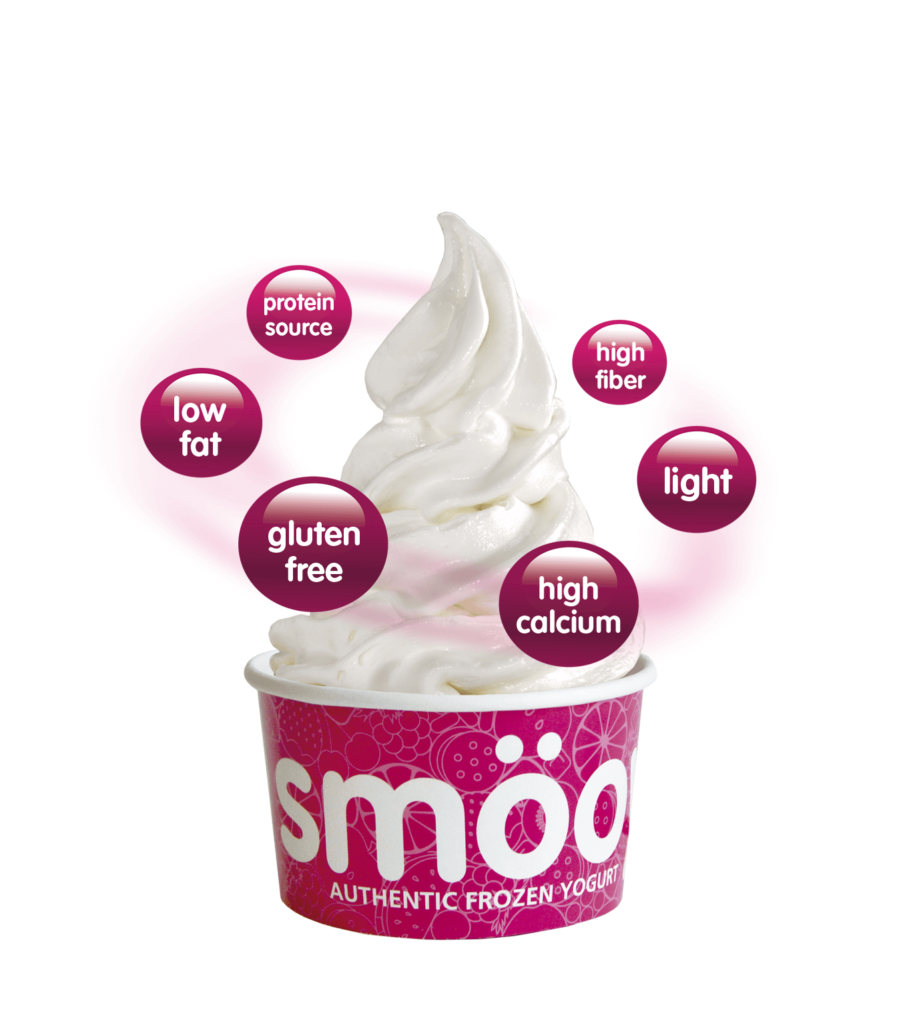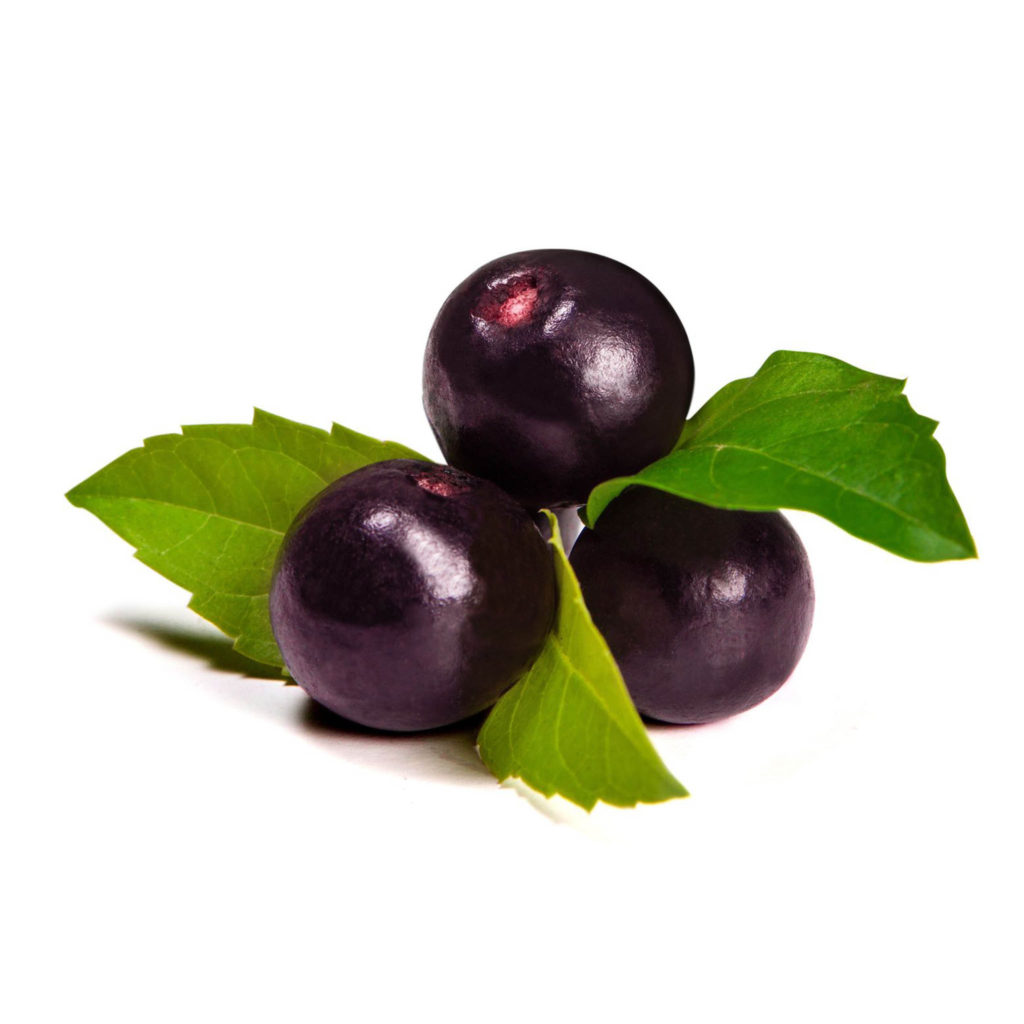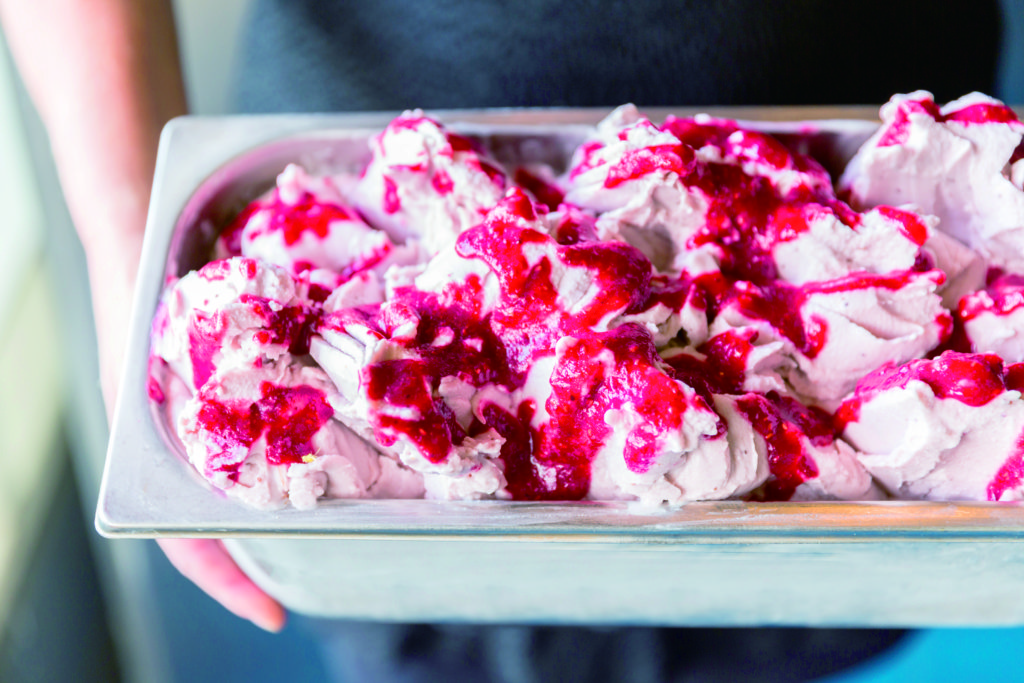Premium food and differentiation competition
As economic growth rate in China slows down, and sense of rational consumption of all ages consumers is returning to the norm, their consumption is becoming more conservative and picky. According to the report from Mintel on Consumer in China, the update in 2017 shows consumers focus more on the goods price/quality ratio and consentrate more on healthy and nutritious food, compared to 2016. “More choices, higher quality and consumption convenience upgrade will drive the consumption growth at a steady speed. Among all, healthy trend and customer experience are two main topics.” Said Mintel research director.

Meanwhile, another market survey from America shows the key point to win in the fierce competition with homogeneous products in the market is to focus on the importance of product differentiation, by raising the barrier in production to further enlarging the leading position in the industry. As Richard Blau, head of alcohol and food legal department of Gray Robinson Company, said: “No matter in America or other countries, the economic rebound prompt the business development of large numbers of new food and beverage manufacturers. Hence, consumers are able to choose among new products, services and consumption occasions. Manufacturers performs a lot of marketing plans to attract consumers attention and impulse their desire for shopping. However, after decades of year’s, consumers are frustrated by too much choices, result in the consumption decline finally. It is the so called “SKU-mageddon” in the industry. Win over other competitors and gain consumers’ preference are the main challenges for all manufacturers in 2017.
Supplemented Ice Cream

It’s not surprise that functional food exists. A functional food contains health-promoting or disease-preventing property beyond the basic function of supplying nutrients. According to statistics, the United States produced about 1.54 billion gallons of ice cream and frozen desserts in 2015. Ice cream itself can be a good carrier of added nutrients. Benefited from its easy flavored and colored characters, it is matched with almost any added nutrients. With a nature advantage to be a functional food, ice cream has become a topic for scientists at the University of Missouri’s College of Agriculture, Food and Natural Resources. Researchers at the University of Missouri are working to make ice cream a functional food by adding nutrients such as fiber, antioxidants and probiotics, in the meanwhile they need to keep the ice cream’s texture, flavor and saturated fat as original as possible, which means make functional ice cream satisfying and healthy.

This study is, in essence, part of a broader trend toward “functional foods” with added nutrients thought to help digestion, bowel regularity, and other aspects of health. “Food provides calories and comfort – people want to indulge. We’re working on making ice cream satisfying and healthy,” said Doctor Ingolf Gruen, associate professor of food chemistry at the university. As many diseases are caused by inflammation that starts in the intestines, he thinks functional foods might reduce that inflammation. And he does not think the additives will be harmful; they are generally recognized as safe by the U.S. Food and Drug Administration (FDA).

Does Healthy Taste Good?
Then, how to keep the flavor as traditional ice cream while adding non-traditional ingredients? The secret is to stay as natural as possible. “Our major challenges are keeping texture and flavor as original as possible and improve customers’ psychological acceptance,” Gruen said. Therefore, Gruen and his research team are using the real stuff to make functional ice cream. They mix the base containing 10% fat with acai berry to canning. The acai berry is a grapelike fruit harvested from acai palm trees, containing rich quantity of probiotics, prebiotics, fiber and antioxidants. So it is also named as the “longevity nut” and “best fighter of free radical”.

Although they have solve the problem by adding natural ingredients, there is still space to improve the texture. Because the bacteria in dietary filer has influence on ice cream texture. Recommendations for dietary fiber intake from U.S. Department of Agriculture range from 25 to 35 gram per day. So one serving of ice cream—about a 50-gram scoop—should have about five grams of fiber, or 10% of the ingredients. Doctor Druen and his team find that, while the dietary fiber weight reaches to 5%, the texture of ice cream is soft, smooth and rich, near to the normal ice cream texture. While the weight of dietary fiber reaches to 15%, it becomes sticky.

The option of adding probiotics into the base turns out to be not ideal. These bacteria usually grow in milk and produce lactic acid, which is the taste consumers don’t like in ice cream. Researchers need to find other ideal mediums to cultivate probiotics.
Besides, the bitter taste from acai berry is another challenge. Researchers might have to mix in other berries to make it palatable. “Another challenge is determining whether people would be upset that we’re ‘tampering’ with a comfort food. We need to know if they would be more willing to pay for ice cream with added nutritional benefits,” concluded by Doctor Gruen in the end.









NO COMMENT